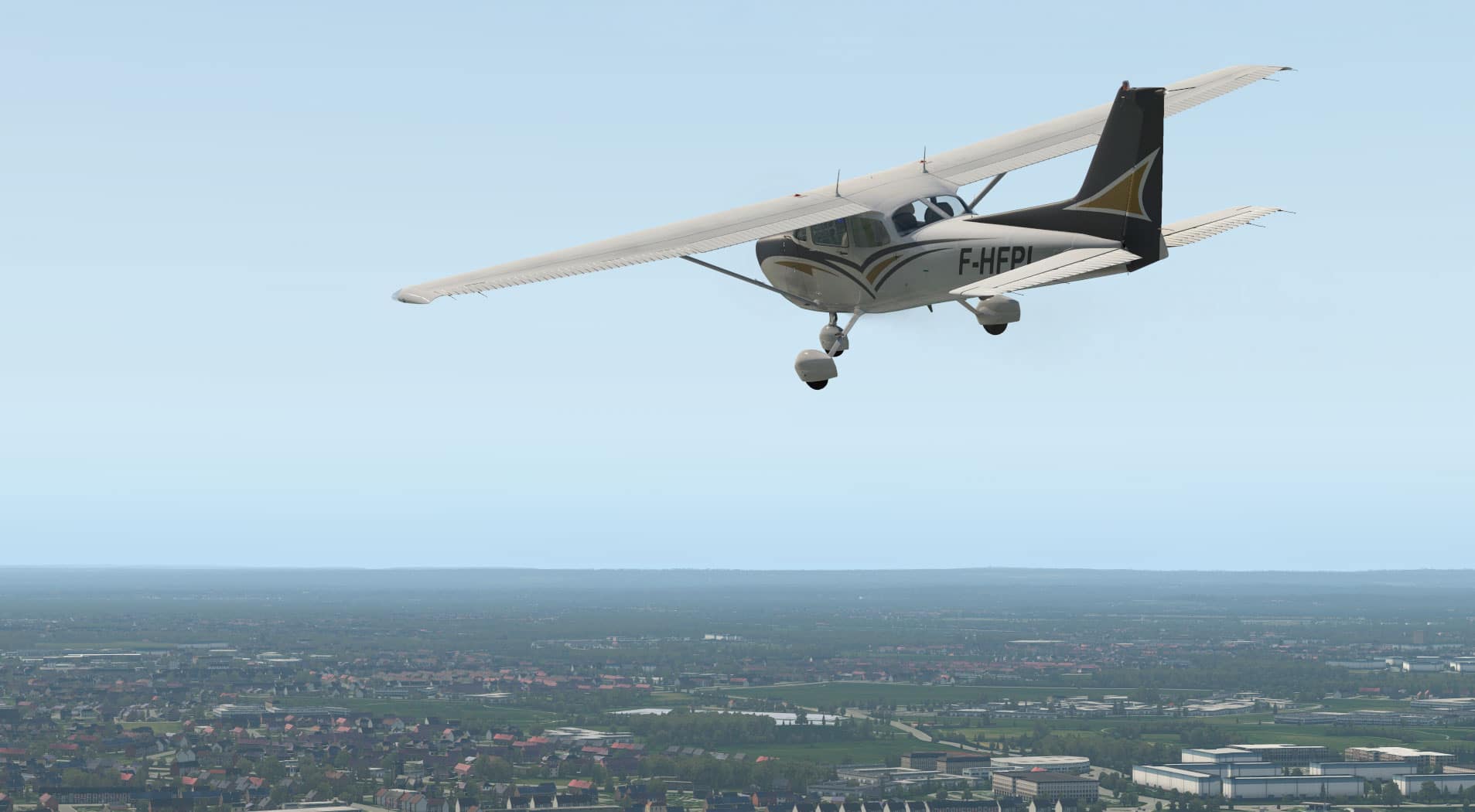
There are so many great planes out there, it really can be hard to choose what to fly?
Well in this post, I want to review the Airfoillabs Cessna 172 in X-Plane 11, as I believe this plane really fills in a needed area of flight sim. Before I begin, I would like to tell you that I have no affiliation with Airfoillabs. I just really like the plane.
Now this plane is not for the gamer, it is for the serious flight simmer, the student pilot or the pilot who loves to fly a Cessna 172.
Nothing against the default X-Plane 11 Cessna 172, as this is a great plane, but for many reasons, I prefer to fly Airfoillabs plane. Let’s get into some of the details.
I suggest you read this post if you are interested in the Airfoillabs Cessna 172, however if you are more of a visual person, feel free to take a look at the video I made. It doesn’t replace the post but it is a great supplement.
Flight Characteristics of the Cessna 172?
This is a highly responsive plane that reminds me of flying in a real plane. When I fly this plane, I get sucked into the sim. It really gives you that immersion that you need. This is especially true in VR.
As I have mentioned in the past, I am not a flight instructor, however I have flown the Cessna 172 in real life, so I do have a sense of how it flies. While flying the default 172, there has always been something nagging me, something that just didn’t feel like the real thing. I still don’t know precisely what it was, however I think it was the fact that the default 172 was extremely stable feeling. The airfoillabs feels a lot more like the real thing.
Just for reference, the Cessna 172 I was flying was not brand new, it was an older plane that had a lot of character.
To land the plane, it is highly responsive and really keeps you on your toes. This is especially true when taking off. I find that I have to really be on top of the rudder pedals, or the plane will want to wander. This is something I noticed when flying the real Cessna 172. But when I fly the default Cessna 172, I find I can really relax with the pedals. They still need input, but it doesn’t take much concentration. For me this was another win for the Airfoillabs plane.
Stalling was another area that I found was realistic in this plane. I found it very difficult to keep it from wanting to roll. Now, maybe this was the year of plane I was flying, but when I was flying the Cessna 172 in real life, I found that you had to stay on top of the rudder pedals during a stall, or the plane wanted to put a wing down for a roll. Now, this was the same with Airfoillabs. When I did the same with the default Cessna, it was much more stable. Now, some of these differences could be due to different years in the Cessna, however that was my experience.
Starting this plane up is very nice as well. RPM likes to be around 1000, which is realistic.
Now, it’s hard to explain how the plane flies, however just know that I love flying this plane. I also note that Airfoillabs states this plane was “Tested and approved by real world Cessna 172 SP pilots and flight instructors”. Which I do believe.
Does it Work in VR?
Yes, this plane works great in VR. At least for the flying portion. I have found that the walk around process is much easier to do in 2D, so I usually stick to the monitor for the walk around and then jump in VR once I am ready to fly.
If you want to know what you need to get setup in VR, take a look at my other post. Top 5 Things you Need to Get Started in VR.
Does it Affect FPS?
Yes, but not all that much. For what you get, it really doesn’t hurt your FPS all that much. It would be barely noticeable. I have flown this plane in VR on a 1060 6GB graphics card and an i5-7600K CPU and have still had a great flight (keeping it around 30fps, which is a bit low for VR, but it was nice and steady). So, most people say you can’t even run VR in a 1060 6GB graphics card, but I had no problem, even with this plane.
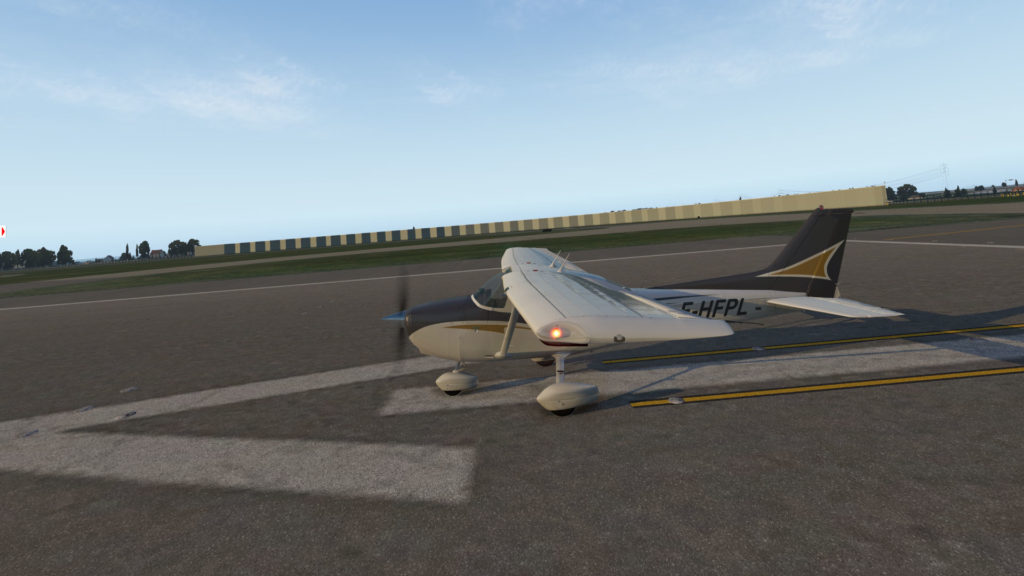
What Makes this Plane Special… other than the Great Flight Characteristics?
So, besides the nice flying characteristics, this plane has a few other things going for it. It has some pretty nice options that can help any pilot, new pilot or flight sim enthusiast.
Maintenance
For one, you have to actually maintain this plane, which makes you less likely to fly it like a fighter jet. This will wear down quicker. It will also help you to understand when you are not flying it properly.
Even things like shutting your plane down at the end of your flight are important because you can end up draining a good battery.
If you are interested in just adding a damage and maintenance model / a bit more realism to the default Cessna 172, then I suggest you read a bit about my Airfoillabs / REP post.
Warming the Plane Up
I have a love / hate relationship with this next feature. The realistic warmup. Now, this is an amazing feature. Essentially you have to warm your plane up properly in order to have it run. If you start your plane on the runway and expect to take off right after your sim loads, you will be sorely mistaken. Now, can you… yes, but barely. The engine will sputter continuously until it is warm, or you you can decrease the throttle to an appropriate range to warm up your plane. It really only takes a few minutes, which is the perfect amount of time to taxi over to where you plan to do a runup.
But… if you want to do a quick flight and don’t have the patients to warm up the plane, then this can sometimes be a downside. That is where the hate comes in from the love hate relationship. It is the impatient side of me. Most times I have the patients, but every once in awhile I need instant (which is probably the only time I fly the default Cessna 172).
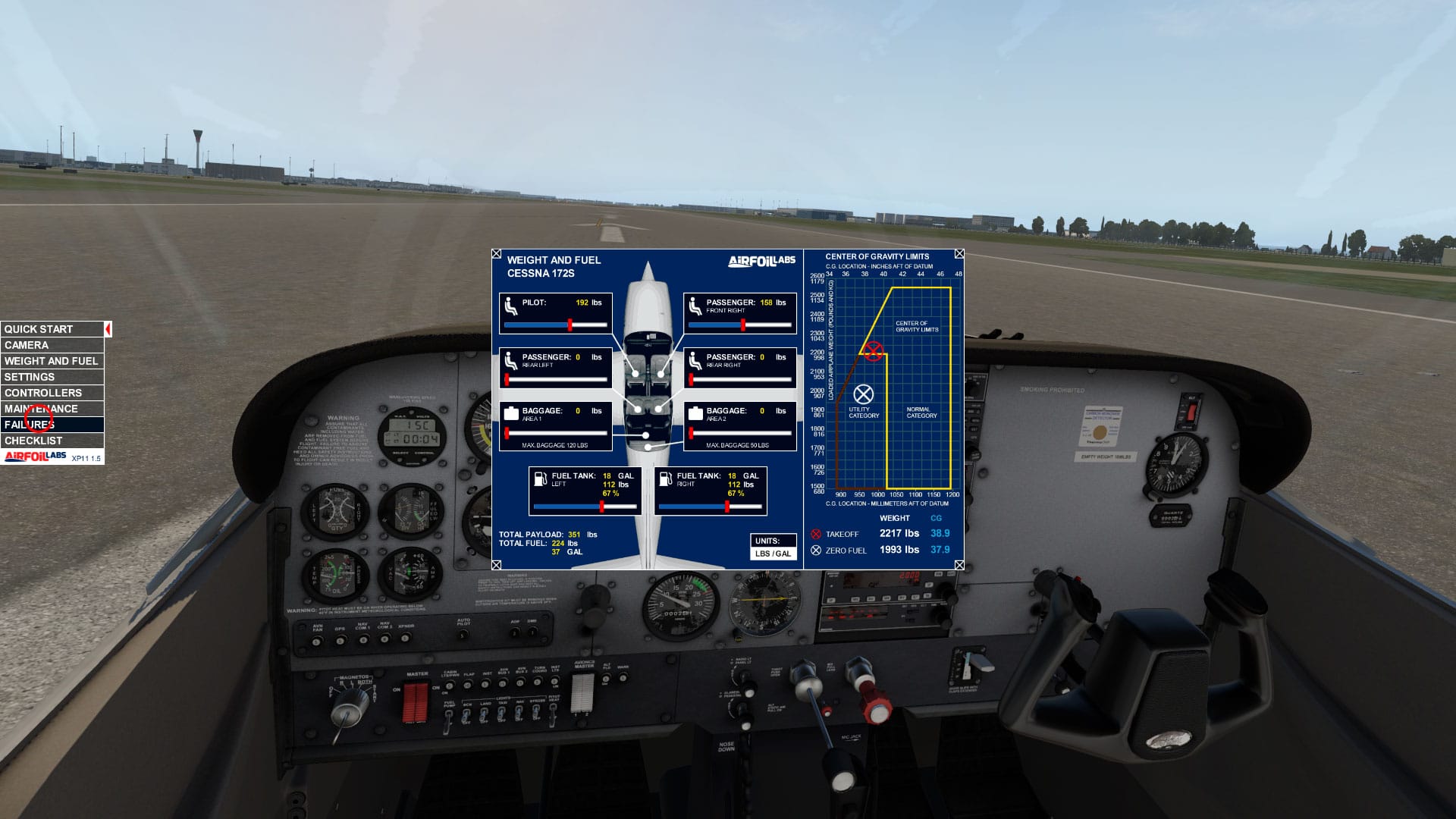
Weight Balance and Checklist
This plane also comes with a nice weight and balance setup. In fact, a neat part of the weight and balance is that when you increase the luggage weight, you actually see the plane fill with luggage in the storage. This just shows you how much detail the developers put into the plane.
To adjust the weight and balance, you can select how much each individual passenger weighs. You can also add fuel to each wing in different quantities, which will change your balance of the plane.
In the menu system, there is a Center of Gravity Limits Chart that adjusts as you change the weights in the plane. This can be calculated if you have the proper flight tools for real world flying, but not everyone has those tools, so this helps to give you a nice quick understanding of where your plane is sitting. In fact, if you plan to go up and do spins, you could actually put your plane into the Utility Category, in order to be within proper weight.
Of course, if you were doing a worst case scenario, you could always fill your plane properly, however put it in a spin anyways. This is not something you can practice in real life, but you may encounter this on an accidental stall. Just food for thought. If you want to know more of my ideas on emergency flights, take a look at my post on X-Plane 11 failures.
A checklist also comes with the plane. This checklist is great, however I have one problem with it. You can’t see it in VR. This was very disappointing, as it is difficult to have a checklist in VR with X-Plane 11. There is a way to do this, and I go over how to add a checklist in the below video.
Menu System
- Menus
Quick Start - Auto Start
- Cold and Dark
- Secure aircraft
- Prepare for start
- Connect GPU
- Flashlight
- Camera
- This allows you to switch view, and more importantly switch between walking around outside your plane and inside the cockpit
- Weight and Fuel
- Settings
- Controllers
- In here you must add in the mixture control and you can tweak some of the controller settings
- Maintenance
- Here, you can fix your plane if you have any damage or problems with the plane
- Failures
- Multiple failures can be applied and adjusted to happen during the flight in this section
- Checklist
Here you find your checklists. These aren’t interactive checklists, but they look clean and professional. In VR, I haven’t got them to work, but again, I have included the video in this post to help you out.
Sounds
The plane has 140 sounds installed on it. The sounds in the airplane are actual real life recordings. You can definitely tell they spent some time on the sounds, as each switch, lever, brake has incredible sounds. You can even virtually plug in a headset, which muffles the sound. I prefer to keep this unplugged, as I enjoy all the sounds it offers.
How does the Plane Look?
Well the plane comes in 9 amazing color schemes and have a highly detailed interior and exterior. There are two versions of the plane that come with a purchase. One version is the high resolution and one is the low resolution. I’ll let you be the judge on the looks. Here are some photos I took. Just to let you know, the scenery is from Great Britain South ORBX True Earth Scenery at the London Heathrow Airport.
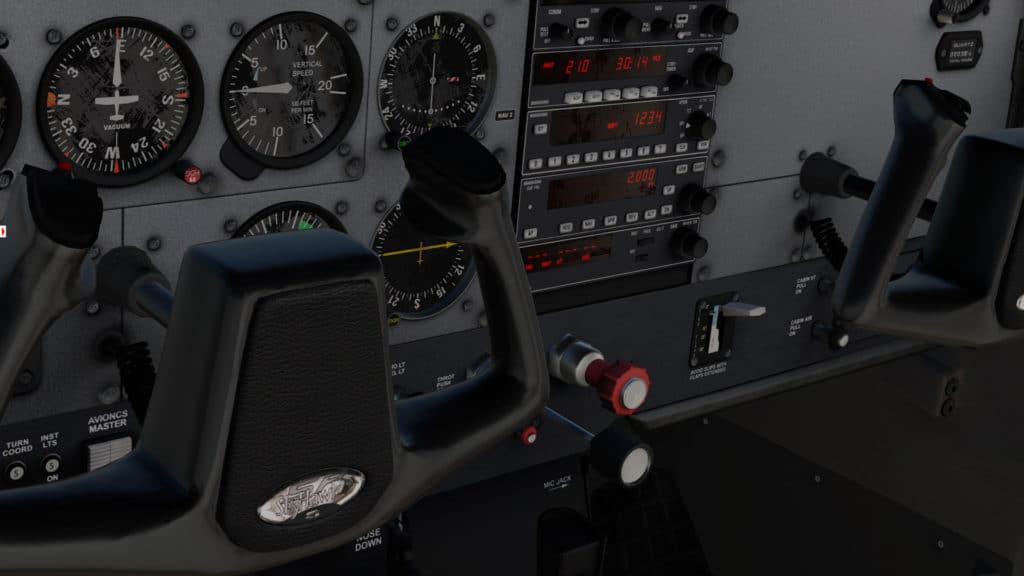

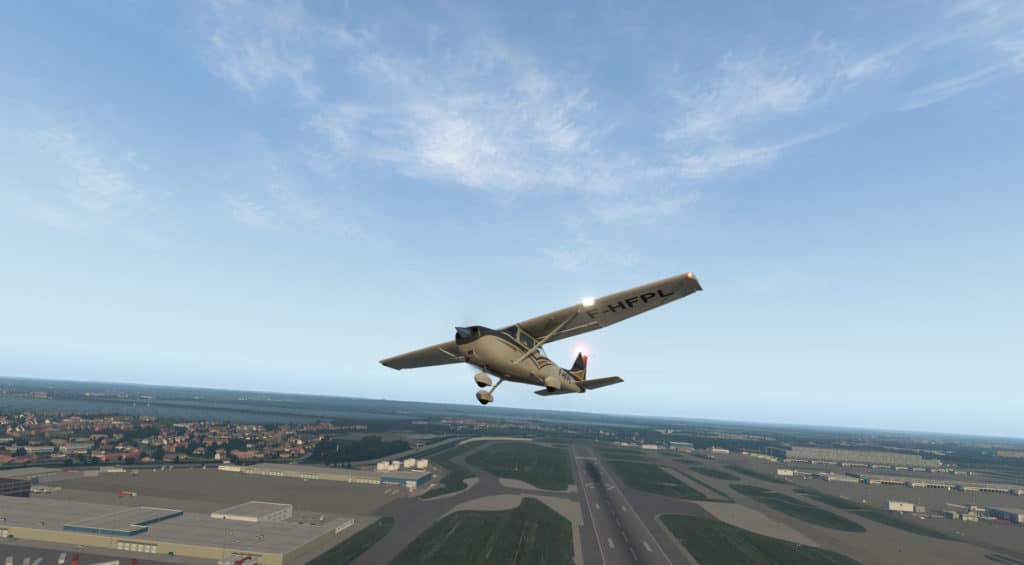
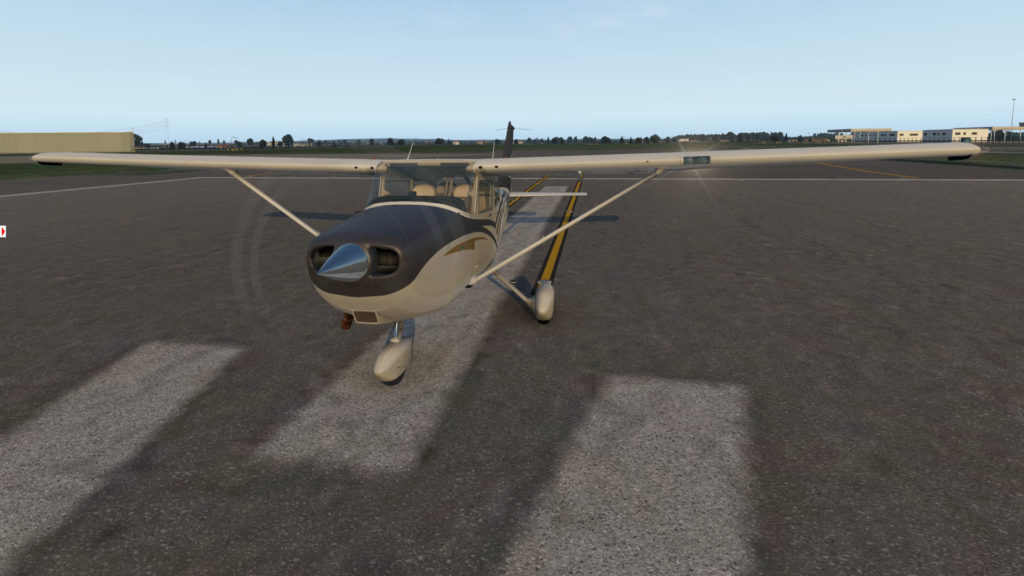
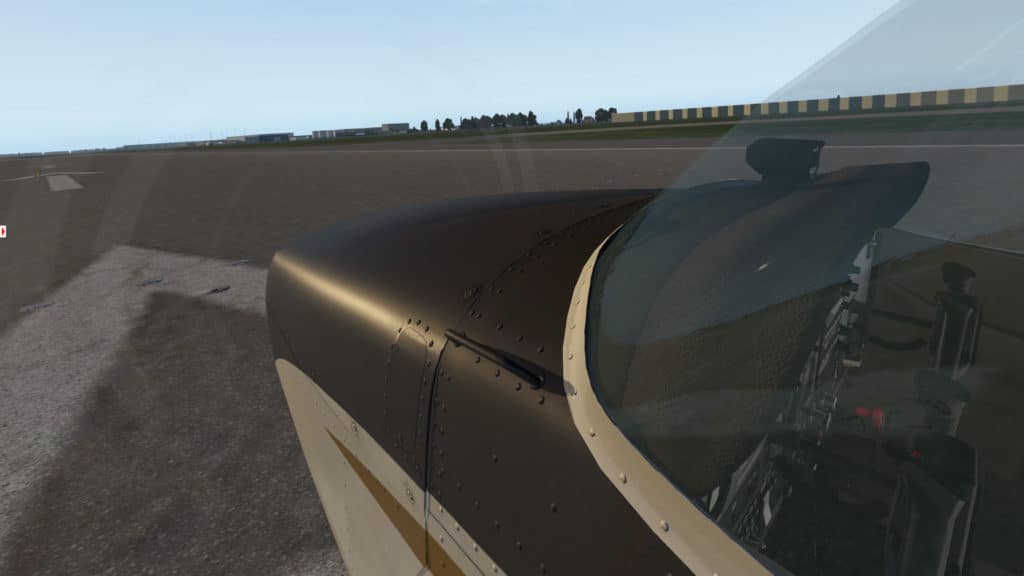
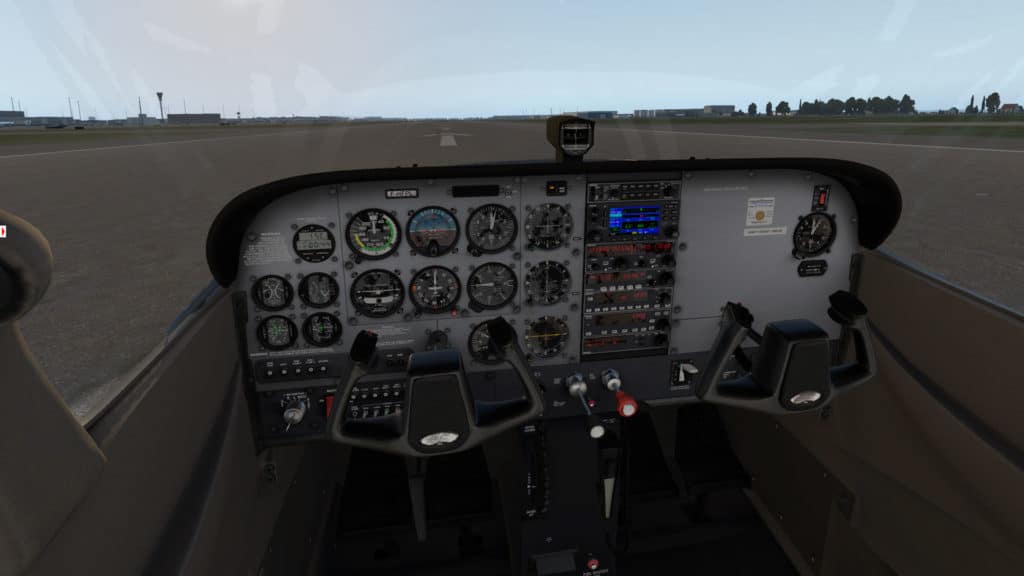
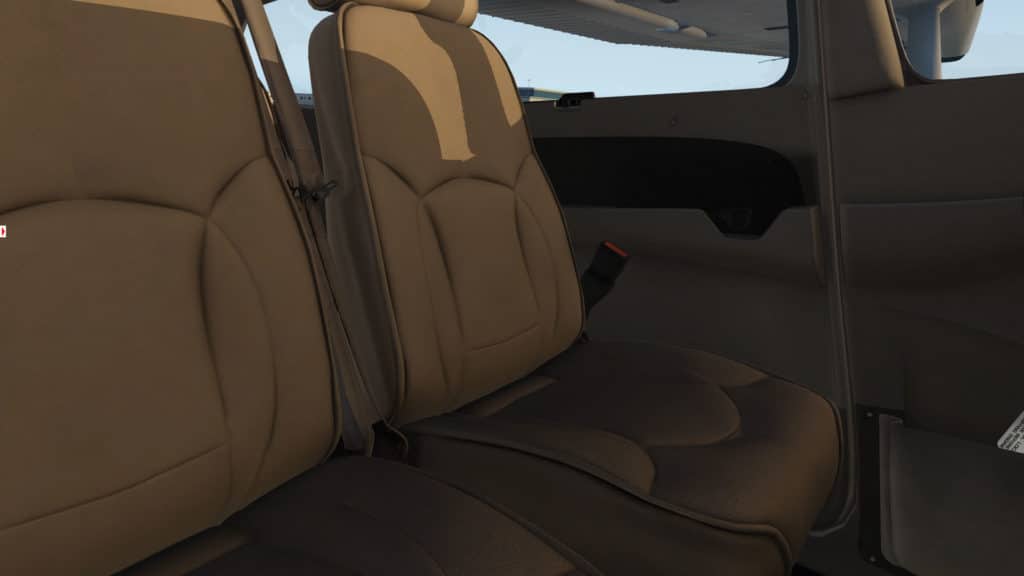
The Walk around
Now last, but definitely not least, the walk around on this plane is pretty neat. To start, it is interactive, so you can add tie downs, open the cowling, pull on the ailerons, the flaps and many other surfaces. Essentially anything you check on a real plane, you can check on this aircraft. It would be the perfect plane for someone learning to do a walk around.
Another neat feature of this is that you can dip your tanks and compare it to your fuel gauge. Same with your oil.
The one downside to the walk around is that, it can be difficult, but not impossible to use in VR. So if you are flying in VR, I might suggest that you do the walk around before throwing your flight into VR.
Price
So, how much does this plane cost. Well it is actually posted for sale for $34.95 USD on X-Plane.org. So if you interested in getting this plane, please take a look here, Airfoillabs Cessna 172 at store.x-plane.org.
I hope you have enjoyed this article and if you get this plane, let me know what you think in the comments below.
If you are interested in how to get started in VR, then you have to take a look at my post on what you need to start VR. Top 5 Things you Need to Get Started in VR.
Have an awesome day.
Dan
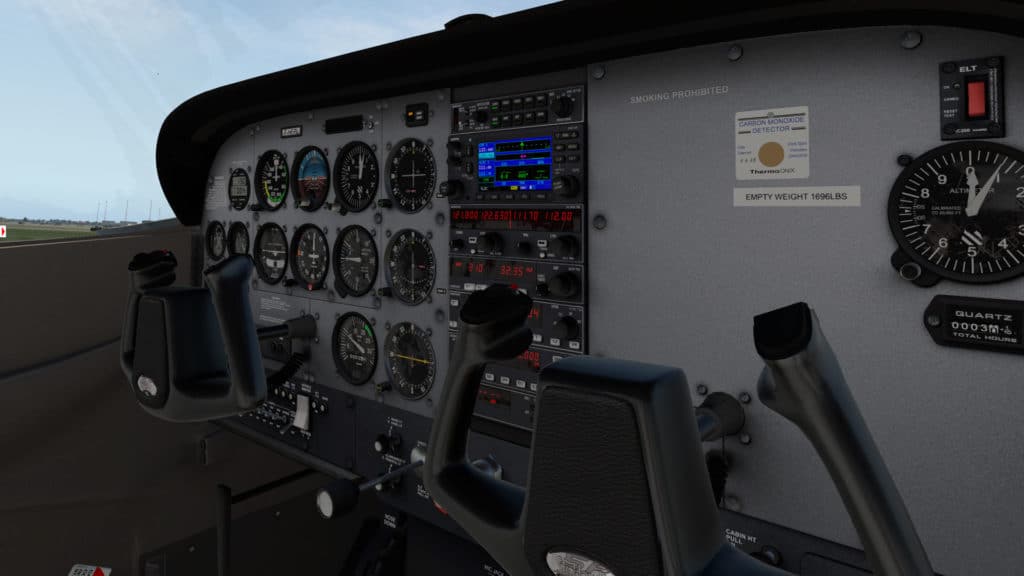
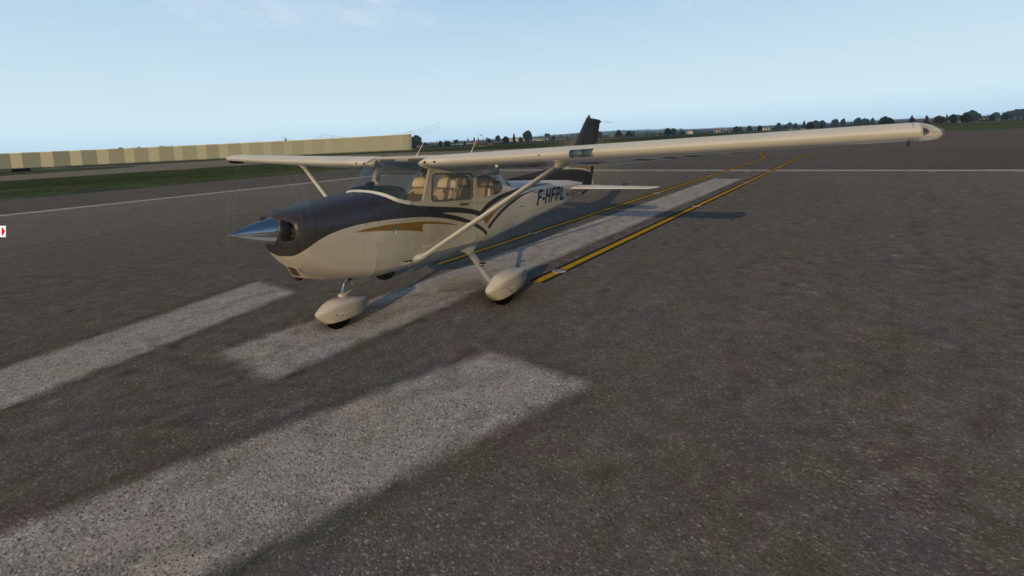
Leave a Reply